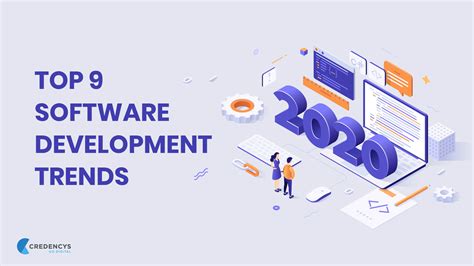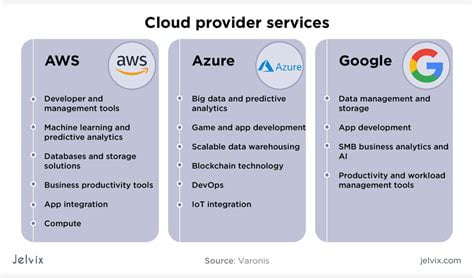Big data machine learning is the combination of two cutting-edge technologies that have transformed the way businesses analyze and utilize data. Big data refers to the massive volume of structured and unstructured data that organizations collect on a daily basis, while machine learning is the process of teaching computers to learn from data without being explicitly programmed. By harnessing the power of these two technologies, organizations can gain valuable insights into their data, improve decision-making, and drive innovation.
Structured Data
Structured data refers to data that is organized and easily searchable in a database or spreadsheet. Examples of structured data include customer names, addresses, and purchase history.
Unstructured Data
Unstructured data, on the other hand, is data that is not easily searchable or organized, such as social media posts, emails, and images. This type of data is more difficult to analyze, but it can provide valuable insights into customer sentiment and behavior.
The 3 Vs of Big Data
Big data is characterized by three main attributes: volume, velocity, and variety. Volume refers to the massive amount of data that is generated and collected on a daily basis, while velocity refers to the speed at which this data is generated and must be processed. Variety refers to the many different types of data that organizations must analyze, from structured data in databases to unstructured data in social media posts.
The Importance of Big Data
Big data has become increasingly important in today’s digital age, as organizations look for ways to gain a competitive advantage and improve decision-making. By analyzing large volumes of data, organizations can identify patterns and trends that would be difficult to see with smaller data sets. This can help businesses make better decisions, improve customer satisfaction, and drive innovation.
Supervised Learning
Supervised learning is a type of machine learning in which the computer is trained on a set of labeled data. The algorithm learns to recognize patterns in the data and can then make predictions on new, unlabeled data.
Unsupervised Learning
Unsupervised learning is a type of machine learning in which the computer is not given any labeled data. Instead, it must find patterns and relationships on its own through clustering and association techniques.
Reinforcement Learning
Reinforcement learning is a type of machine learning in which the computer learns through trial and error. The algorithm is rewarded for making correct decisions and penalized for making incorrect decisions, allowing it to learn from its mistakes.
The Importance of Machine Learning
Machine learning has become increasingly important in today’s data-driven world, as organizations look for ways to analyze and utilize large volumes of data. By teaching computers to learn from data, organizations can gain valuable insights into their data and make more informed decisions. Machine learning can also be used to automate tasks, improve efficiency, and drive innovation.
Data Preparation
The first step in big data machine learning is data preparation. This involves collecting, cleaning, and organizing the data so that it can be analyzed effectively.
Model Building
The next step is model building, in which the machine learning algorithm is trained on the data. This involves selecting the appropriate algorithm and parameters and tuning the model for optimal performance.
Model Deployment
Once the model has been built and tested, it can be deployed in a production environment. This involves integrating the model into the organization’s existing data infrastructure and ensuring that it can handle large volumes of data in real-time.
Model Evaluation
The final step is model evaluation, in which the performance of the model is measured against key metrics. This allows organizations to identify areas for improvement and make adjustments as needed.
What are the benefits of big data machine learning?
Big data machine learning can help organizations gain valuable insights into their data, improve decision-making, and drive innovation.
What industries can benefit from big data machine learning?
Big data machine learning can benefit a wide range of industries, including healthcare, finance, retail, and manufacturing.
What are the challenges of big data machine learning?
The challenges of big data machine learning include data quality issues, selecting the appropriate algorithm and parameters, and ensuring that the model can handle large volumes of data.
What is the difference between supervised and unsupervised learning?
Supervised learning involves training the algorithm on labeled data, while unsupervised learning involves finding patterns and relationships in unlabeled data.
What is the difference between structured and unstructured data?
Structured data is organized and easily searchable in a database or spreadsheet, while unstructured data is not easily searchable or organized.
What is the role of machine learning in big data?
Machine learning is used to analyze large volumes of data and gain valuable insights that can be used to improve decision-making and drive innovation.
What is the future of big data machine learning?
The future of big data machine learning is bright, as organizations continue to look for ways to gain a competitive advantage and improve decision-making through data analytics.
What is the importance of data quality in big data machine learning?
Data quality is crucial in big data machine learning, as inaccurate or incomplete data can lead to incorrect insights and decisions.
What are some examples of big data machine learning in action?
Examples of big data machine learning in action include personalized recommendations on e-commerce websites, fraud detection in financial transactions, and predictive maintenance in manufacturing.
Big data machine learning can help organizations gain valuable insights into their data, improve decision-making, and drive innovation. By analyzing large volumes of data, organizations can identify patterns and trends that would be difficult to see with smaller data sets. Machine learning can also be used to automate tasks, improve efficiency, and drive innovation.
When implementing big data machine learning, it is important to start with a clear understanding of the problem you are trying to solve. This will help you select the appropriate algorithm and parameters and ensure that the model is tuned for optimal performance. It is also important to have a solid data infrastructure in place to handle large volumes of data in real-time.
Big data machine learning is a powerful technology that has revolutionized the way businesses analyze and utilize data. By harnessing the power of big data and machine learning, organizations can gain valuable insights into their data, improve decision-making, and drive innovation.
 Eltupe Technology And Software Updates
Eltupe Technology And Software Updates



